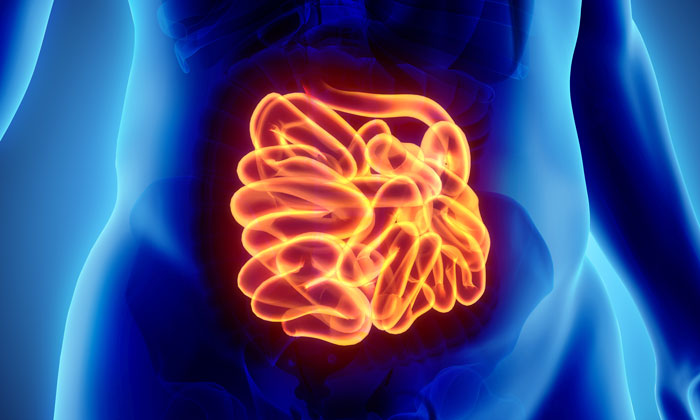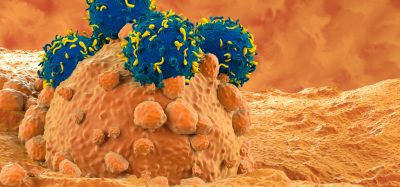Stem cell-derived intestine model mimics innate immune responses
Posted: 1 December 2017 | Drug Target Review | No comments yet
A stem cell-derived in vitro model displays key small intestine characteristics including innate immune responses.


These findings are according to a study published in the open-access journal PLOS ONE by Ying Chen and David Kaplan from Tufts University, US, and colleagues.
In vitro 3D cell systems, so-called ‘organ-on-a-chip’, are the focus of intense study, with the hope that they may one day replace animal models in bridging the gap between conventional cell cultures and clinical trials. To be successful, such systems must be engineered to mimic vital organ functions and environment. The authors of the present study used a 3D silk scaffold to cultivate human stem cell-derived small intestine-like ‘enteroids’, and analysed the resulting system to determine how closely its appearance and function mimicked the small intestine environment in the body.
The researchers found that the cells in the model had successfully differentiated into a mature epithelium layer with all four of the major intestinal cell types and displayed important small intestine characteristics such as tight junctions, polarised microvilli, and secretion of digestive enzymes. When the system was challenged with E. coli infection, the authors observed significant antibacterial response and upregulation of genes involved in the innate immune response.
The authors believe that their 3D cell system closely mimics the natural human response to gut infection. While the model is greatly simplified compared to the complex small intestine environment, the authors hope that it could be used to study the pathogenesis of inflammatory bowel disease, as well as to examine interactions between commensal and pathogenic microbes.
Related topics
Immunology, In Vitro, Organ-on-a-Chip, Stem Cells
Related conditions
Inflammatory bowel disease (IBD)
Related organisations
Tufts University
Related people
David Kaplan, Ying Chen








